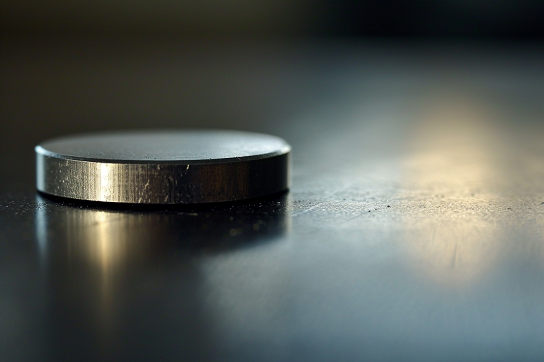Stud Search 101: Mastering the Magnetic Method
When it comes to home improvement projects, few things can be as frustrating as trying to locate studs behind your walls. Whether you're hanging shelves, mounting a TV, or installing new fixtures, finding a solid anchor point is crucial for stability and safety. While stud finders have been a popular tool for this task, there's a magnetic method that can simplify the process and make stud detection a breeze.

- Small, strong magnet (neodymium magnets work well)
- String or painter's tape
- Locate a Wall Outlet or Switch:
- Start near a wall outlet or switch, as these are typically mounted on one side of a stud.
- Check for Visible Clues:
- Look for any visible signs of a stud, such as electrical outlets, light switches, or other fixtures, as they are often mounted directly to the sides of studs.
- Use the Magnet:
- Hold the magnet against the wall at a height slightly above the baseboard.
- Move the magnet horizontally, starting from the outlet or switch, in a straight line.
- Pay attention to any resistance or pull on the magnet, as this may indicate the presence of screws or nails in the wall.
- Mark the Edges:
- Once you feel the magnet being attracted to something behind the wall, mark that point.
- Move the magnet in the opposite direction and mark the point where the attraction ends.
- The area between these two marks is likely the width of the stud.
- Repeat the Process:
- Repeat the process at different heights along the wall to confirm the location of the stud.
- Verify with Tapping:
- To further confirm the location of the stud, tap the wall lightly with your knuckles or a small hammer. A solid sound indicates the presence of a stud.
How accurate are magnetic stud finders?
Magnetic stud finders, when used properly, can be accurate and reliable for finding studs in walls. These devices work on the principle that screws or nails used to attach drywall to wall studs are typically made of metal and are magnetic. The magnet in the stud finder reacts to these metal fasteners, helping you identify the location of the studs. Here are some factors affecting the accuracy of magnetic stud finders:- Proper Usage: To achieve accurate results, it's important to use the magnetic stud finder correctly. This may involve moving it slowly and steadily across the wall, listening or feeling for the change in magnetic force.
- Quality of the Magnet: The strength and quality of the magnet in the stud finder can influence its accuracy. Higher-quality and stronger magnets tend to provide more reliable results.
- Type of Wall Construction: Magnetic stud finders work best on walls with standard drywall and wooden studs. In some cases, walls with metal studs or double-layered drywall may pose challenges for accurate stud detection.
- Detecting Metal Fasteners: Magnetic stud finders primarily detect metal fasteners (screws or nails). If there are no metal fasteners present in the area being scanned, the stud finder may not provide accurate results.
- False Positives and Negatives: Some factors, such as electrical wiring, plumbing, or certain wall textures, may cause false positives or negatives. It's essential to be aware of these potential issues and cross-verify findings with other methods.
- Neodymium Magnets: Neodymium magnets are known for their strength and are commonly used for stud finding. A small neodymium magnet can provide enough magnetic force to detect screws or nails in the wall.
- Strength Rating: Neodymium magnets are often rated by their magnetic pull force, measured in pounds (lbs) or kilograms (kg). For stud finding, magnets with a pull force in the range of 5 to 20 pounds are typically suitable.
- Size and Shape: A small and flat neodymium magnet is practical for stud finding. A disc or rectangular shape allows for better contact with the wall surface.
- Adjustable Magnet Holder: Some magnetic stud finders come with an adjustable holder that allows you to fine-tune the distance between the magnet and the wall surface, optimizing the detection sensitivity.
- Experimentation: The ideal magnet strength may vary based on your specific wall construction. You may need to experiment with different magnets and observe the detection performance.
Conclusion
Get ready to revolutionize your DIY game as we unravel the secrets of the magnetic method in "Stud Search 101: Mastering the Magnetic Method." Discover a simple yet effective approach to finding studs that will empower you to take on home improvement projects with confidence.














